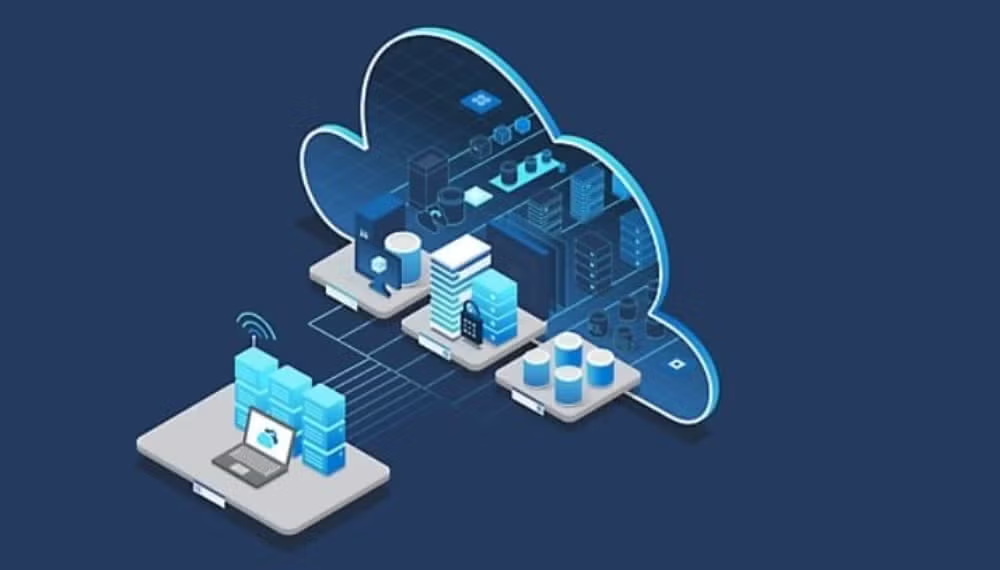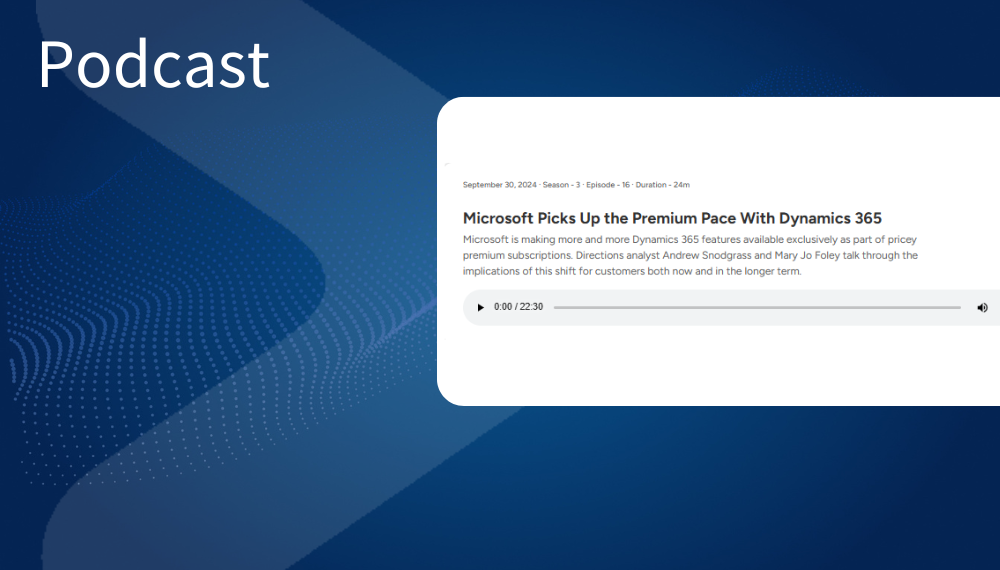Business Services and Tools (Dynamics 365, Power BI, & Fabric)
Why Dynamics 365 is the Lalapalooza of Microsoft licensing complexity.
What’s included in Microsoft Business Services
Dynamics Applications
Microsoft business services include Dynamics 365–branded horizontal applications for:
- CRM
- Marketing
- Sales,
- Commerce,
- Supply chain,
- Finance/accounting, and
- Human resources.
Dynamics 365 is often extended programmatically by tailoring the system to capture and process additional types of data and by creating task-specific custom applications.
Power BI Components and Fabric Tools
Business services also encompass Power BI–branded data modeling and reporting components and Fabric, Microsoft’s new data-analytics platform. Fabric includes branded data lake storage and data-analytics tools, which incorporate features for machine learning, data cleansing, real-time data processing, and data integration pipelines.
Business Services & Tools Licensing and Purchasing Basics
Dynamics 365
Dynamics 365 consists of many traditional business applications, each sold à la carte because there are no longer Dynamics 365 suites. The applications are licensed via several tiers of Per-User and Per-Device subscriptions that vary by feature set.
There are also numerous Dynamics 365 add-ons (licensed Per-User and by capacity) providing supplemental business features, extra storage, and development/test environments isolated from production. For certain task-specific custom applications, customers may save money by using Power Apps Per-User subscriptions as an alternative licensing approach. However, this path has strict limits on the type of data that may be updated and the components developers can use in their apps.
Power BI
Power BI components are licensed Per-User or by a combination of Per-User and back-end platform computational capacity. A back-end platform acts as a repository for data and reports, provides security controls and an end-user portal, and performs a variety of other data management and scheduling tasks. There are six back-end platforms in the Power BI family, each tailored for a different scenario, and they vary by performance, security, and data management features. However, in early 2024 Microsoft announced that Power BI’s capacity-licensing options, representing four of the back-end platforms, are being retired in favor of new Fabric licensing.
Fabric
Fabric consists of several data-analytics tools and data storage. The tools are licensed via a single back-end computational capacity, which is available in several performance tiers and supports hosting. Data storage, referred to as OneLake, is charged on a consumption basis for the actual amount of storage used.
Challenges Specific to Business Services and Tools
Dynamics 365 is challenging to license, especially when it comes to understanding what to buy, staying in compliance, and tracking changes to licensing rules.
3 Dynamics 365 Challenges
Understanding what to buy: Customers must select from a huge number of Dynamics 365 license types (more than most other Microsoft product families) and contend with a complex web of technical and licensing interdependencies. They must also budget for potential capacity-based charges, such as storage, that are difficult to estimate ahead of time.
Staying compliant: Maintaining Dynamics 365 license compliance is often an ongoing struggle, especially as customer deployments change to meet evolving business requirements. For example, sending Dynamics 365 data to another ERP solution, like SAP, means all SAP users who see data originating from Dynamics 365 require Dynamics 365 licenses. Further complicating matters, Dynamics 365 generally lacks robust built-in controls that enforce license compliance.
Tracking changes: Complexity and constant change are the watchwords when it comes to Dynamics 365 licensing. The product lineup has changed frequently, resulting in a huge number of license types and technical and licensing interdependencies.
Power BI and Fabric Advantages
Power BI and Fabric licensing, by contrast, is good news.
If the organization has a deep understanding of its technical needs and the features of each back-end platform, choosing what to license and how much it costs (at least initially) are relatively straightforward.
Additionally, customers have the flexibility to change platforms and license types over time as their usage and other requirements change, without substantial technical or administrative effort. Customers who perform a regular assessment can detect and correct overbuying and adjust accordingly.
Furthermore, regardless of platform selected, Power BI and Fabric license compliance is, for the most part, built in, and situations in which customers are out of compliance are relatively easy to resolve.

Upcoming Microsoft Licensing & EA Negotiation Boot Camp Sessions
This intensive, 18+ hour course provides the most complete, up-to-date Microsoft licensing training available. Get the knowledge and understanding you need to optimize your Microsoft agreements.




